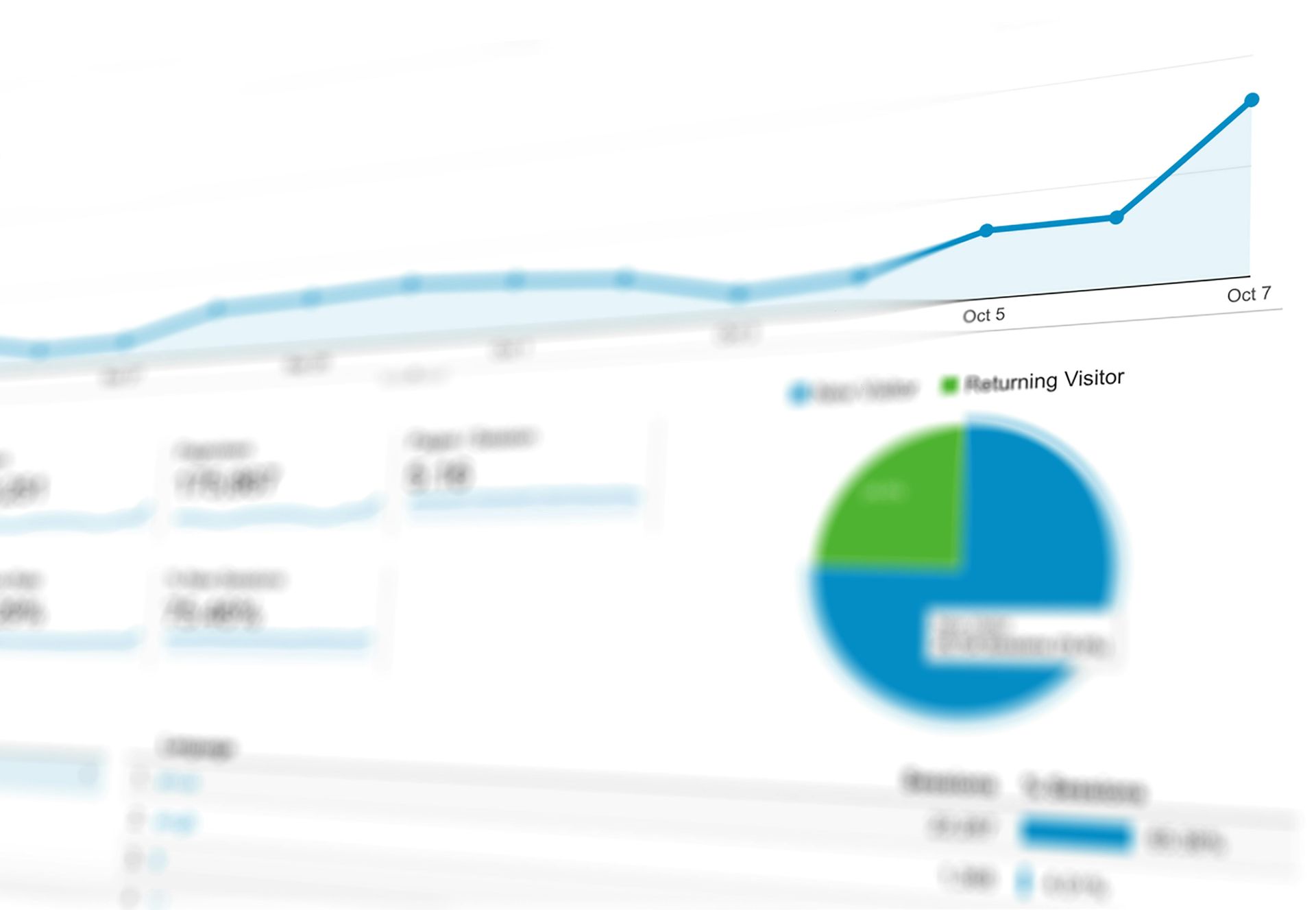Remarketing vs. Affinity Audiences in Google Ads: Understanding the Differences
When it comes to running successful advertising campaigns on Google Ads, understanding audience targeting is crucial. Two commonly used targeting methods are remarketing and affinity audiences. Both approaches have their own merits, but there are distinct differences that marketers should consider.
In this article, we will delve into the dissimilarities between remarketing and affinity audiences and highlight why bidding more on remarketing audiences often yields better results.
Remarketing: Reconnecting with Engaged Users
Remarketing, also known as retargeting, is a technique that allows advertisers to show ads to users who have previously interacted with their website, app, or specific content. It relies on tracking cookies or pixel data to identify these users and deliver tailored ads to them across the Google Display Network or even on search results pages.
One of the significant advantages of remarketing is that it allows advertisers to reconnect with individuals who have already shown an interest in their brand, products, or services. By targeting these warm leads, businesses can enhance brand recall, increase conversion rates, and achieve a higher return on investment (ROI).
Affinity Audiences: Reaching Users Based on Interests
In contrast to remarketing, affinity audiences target users based on their interests, passions, and online behavior rather than past interactions with a specific website or content. These audiences are created using Google's extensive data resources, which analyze users' browsing history, search queries, and content consumption patterns to infer their interests and preferences.
Affinity audiences are designed to capture users who may not have previously engaged with a particular brand but exhibit a strong affinity for relevant topics, industries, or product categories. This targeting method enables advertisers to reach a broader pool of potential customers who have demonstrated an inclination towards their offerings.
Key Differences
- Audience Relationship: Remarketing audiences are built from previous user engagement, focusing on those who have already demonstrated interest or familiarity with the brand. Affinity audiences, on the other hand, are based on users' inferred interests and behaviors, targeting a wider audience.
- Conversion Potential: Remarketing audiences generally have a higher conversion potential as they comprise users who are already familiar with the brand. They are more likely to engage, click, and convert, as compared to affinity audiences who may be in the early stages of the purchase funnel.
- Ad Relevance: Remarketing enables advertisers to create highly personalized and tailored ads based on users' previous interactions. This level of relevance increases the likelihood of capturing the user's attention and driving conversions. Affinity audiences, while broader, may require more generic messaging to resonate with a larger audience.
- Cost and Competition: Remarketing audiences often have lower competition levels than affinity audiences since they are typically smaller and more specific. This reduced competition can lead to lower cost-per-click (CPC) and better ad placement opportunities.
Why Bid More on Remarketing Audiences?
Higher Conversion Rates: Remarketing audiences tend to have higher conversion rates due to their prior familiarity with the brand. By bidding more on these audiences, advertisers increase their chances of securing valuable conversions, maximizing their ROI.
Better Ad Performance: Remarketing ads benefit from enhanced relevance and personalization, leading to increased engagement and click-through rates (CTRs). Allocating higher bids to remarketing audiences ensures that your ads receive more prominent placements and exposure, further amplifying their performance.
Cost Efficiency: Remarketing campaigns often generate more cost-effective results since they target a smaller, more targeted audience. By focusing on users who have already shown interest, you reduce wasted ad spend and optimize your budget.
Customized Messaging: Remarketing allows for highly tailored messaging, presenting an opportunity to provide personalized offers, reminders, or incentives to entice users to complete their purchase or revisit your website. Higher bids help ensure that these compelling messages are shown prominently to your remarketing audience.











